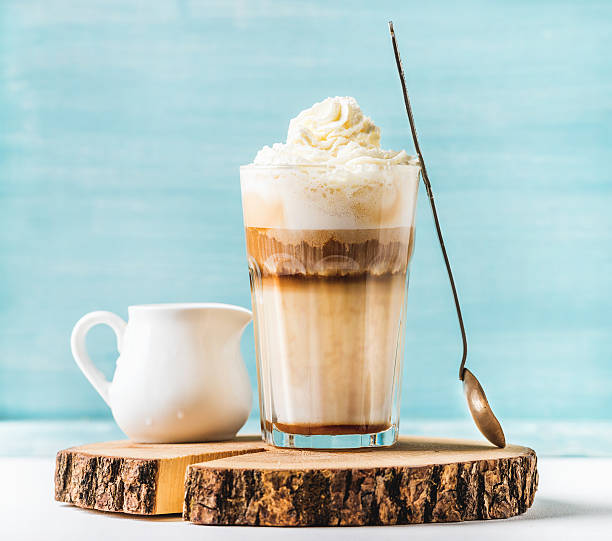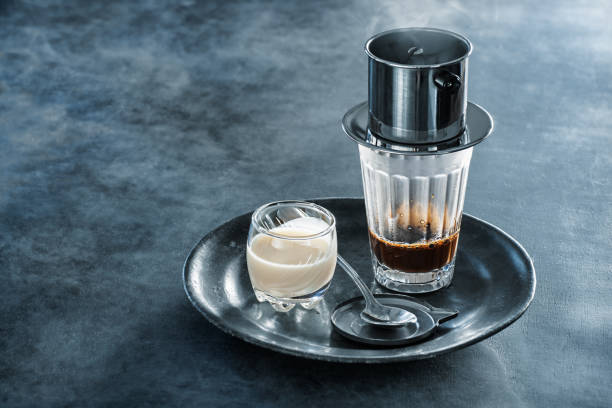Cold Coffee Connoisseur’s Delight: Where Taste Meets Chill
In a world where coffee culture has evolved far beyond the classic black cup of joe, cold coffee has emerged as a beloved and sophisticated choice for caffeine enthusiasts. Whether you call it iced coffee, cold brew, or simply a frosty delight, there’s something undeniably refreshing about sipping a well-crafted cold coffee. In this exploration of “Cold Coffee Connoisseur’s Delight,” we’ll journey through the history, preparation methods, and diverse flavors of this chilly beverage that combines taste and chill like no other.

A Chill in the Air: The History of Cold Coffee
While hot coffee’s origins can be traced back centuries, cold coffee is a relatively modern invention. Its history is as diverse as its flavor profiles, with various cultures contributing to its development.
Early Beginnings:
One of the earliest forms of cold coffee can be found in 17th-century Europe when coffeehouses began serving cold coffee to help patrons cool off during hot summers. These concoctions were often sweetened and flavored with spices.

The Birth of Cold Brew:
The real revolution in cold coffee came with the invention of cold brew. In the 17th century, the Japanese developed a method of steeping ground coffee in cold water, resulting in a smoother, less acidic brew. This technique gained popularity in the 19th century when Dutch traders introduced it to Japan.

Iced Coffee Arrives:
Iced coffee as we know it today gained popularity in the United States during the early 20th century. It was initially created by accident when a restaurateur in New York left a pot of hot coffee to cool, and it later became a sensation.

Crafting the Perfect Cold Brew
A connoisseur of cold coffee understands that perfection lies in the preparation. The methods for making cold coffee vary, each lending unique characteristics to the final brew.
Cold Brew:
Cold brew coffee is made by steeping coarsely ground coffee beans in cold water for an extended period, typically 12 to 24 hours. This slow extraction results in a smooth, low-acid coffee concentrate that can be diluted and served over ice.

Iced Coffee:
Iced coffee is brewed hot and then rapidly cooled down before being poured over ice. It retains some of the acidity and brightness of hot coffee, making it a versatile choice.
Frappe:
Popularized in Greece, the frappe is a frothy, iced coffee made by blending instant coffee with sugar and water. It’s often served with milk and ice cubes, creating a creamy, chilled beverage.

Vietnamese Iced Coffee:
This delightful variation involves adding sweetened condensed milk to a strong brew of coffee, creating a creamy and sweet cold coffee with a distinctive flavor.

Exploring Flavor Profiles
Part of the charm of cold coffee is its ability to adapt to various flavor profiles, making it a canvas for creativity and experimentation.
Classic Black:
For purists, a classic black cold brew or iced coffee is a revelation in simplicity. It highlights the coffee’s inherent flavors without any distractions.

Sweet and Creamy:
Many enjoy their cold coffee sweetened and enhanced with milk or cream. Whether it’s a dollop of vanilla ice cream in an affogato or a drizzle of caramel in an iced latte, these variations offer a delightful contrast of flavors.

Spiced and Infused:
Spices like cinnamon, cardamom, and nutmeg can be used to infuse cold coffee with warmth and complexity. Additions like mint leaves, chocolate, or even a dash of liqueur can take your brew to new heights of indulgence.

The Contemporary Cold Coffee Scene
In today’s coffee culture, cold coffee has earned its place on menus at cafes around the world. Cold brew taps, nitro-infused coffee, and innovative concoctions have become a fixture in the offerings of coffee shops large and small.
Nitro Cold Brew:
Nitro cold brew takes the cold coffee experience to the next level by infusing it with nitrogen gas, creating a creamy, velvety texture similar to that of a stout beer. The cascading effect of nitro coffee pouring from a tap is as visually enticing as it is delicious.

Coffee Cocktails:
Mixologists have embraced cold coffee as a key ingredient in cocktails. Espresso martinis, coffee-based liqueurs, and coffee-infused spirits add a new dimension to the world of mixology.

Health Conscious Options:
With an increasing focus on health and wellness, many coffee lovers are turning to cold brew for its lower acidity and smoother taste. Some cold coffee options are also brewed with alternative milk options like almond or oat milk for a dairy-free choice.
Conclusion
“Cold Coffee Connoisseur’s Delight” is a journey that takes us from the historical roots of cold coffee to the diverse, modern interpretations of this beloved beverage. As the boundaries of coffee culture continue to expand, cold coffee remains a refreshing and adaptable choice that appeals to both traditionalists and adventurous enthusiasts alike. Whether you prefer it black, sweet, spiced, or spiked, one thing is clear – cold coffee has firmly established itself as a tantalizing blend of taste and chill that continues to evolve with the times, offering endless possibilities for the discerning palate. So, the next time you crave a refreshing pick-me-up, consider exploring the world of cold coffee and discover where taste truly meets chill.
